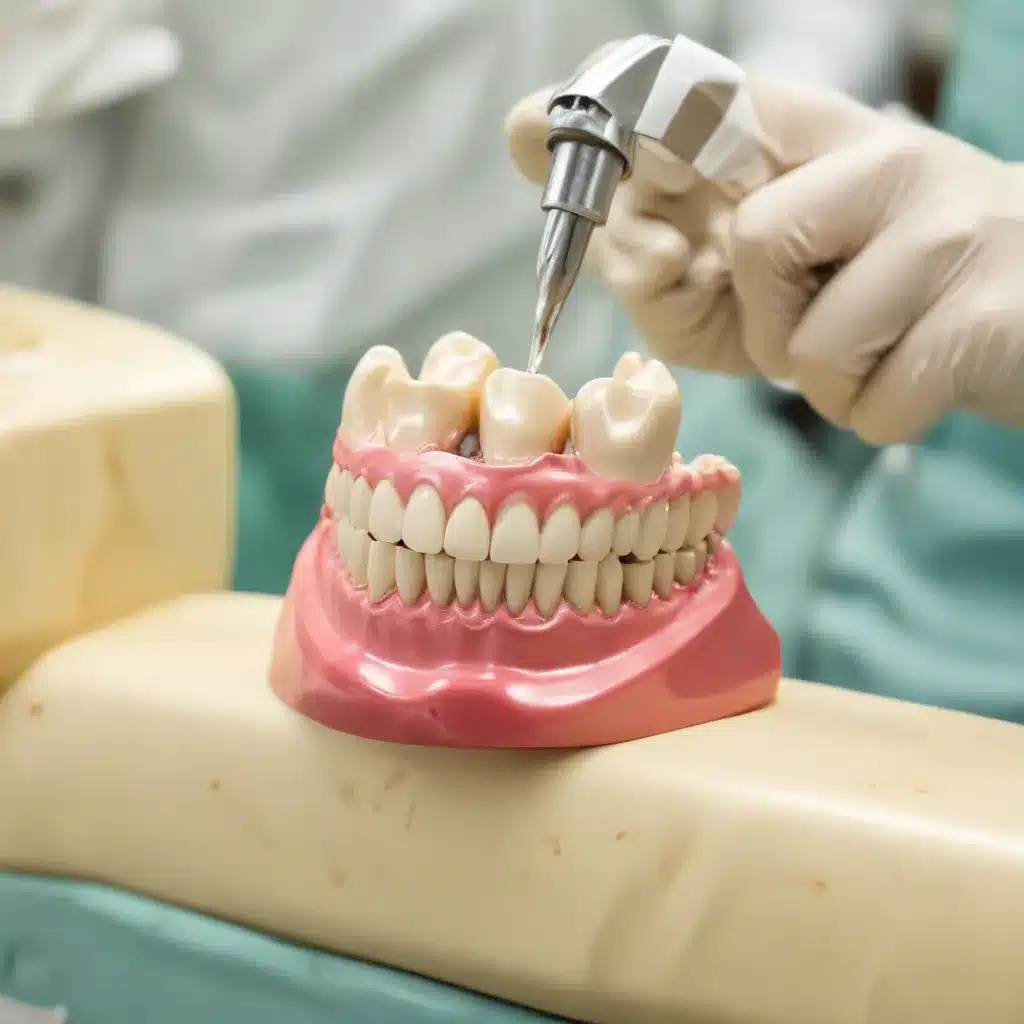
The Unexpected Link Between Oil and Oral Health
In an age where the global economy seems to hinge on the price of crude oil, you may be surprised to learn that this vital commodity holds implications for the future of dental services. As the world grapples with the volatility of oil markets, healthcare providers like Station Road Dental Aldergrove must adapt to ensure the continued delivery of high-quality, affordable dental care.
The Impact of Oil Prices on Dental Supplies
The dental industry is heavily reliant on a vast array of specialty materials, many of which are derived from petrochemicals. Composite resins used for dental fillings, impression materials for crowns and bridges, and even the plastics in dental instruments all require oil-based precursors. When crude oil prices spike, the costs of these essential dental supplies inevitably rise, putting pressure on dental practices to absorb or pass along these increased expenses.
“We’ve seen the price of some of our key materials go up by 20% or more in the last year alone,” notes Dr. Sarah Thompson, the lead dentist at Station Road Dental Aldergrove. “That’s a significant hit to our bottom line, and it’s forcing us to carefully re-evaluate our pricing and operational strategies.”
The Ripple Effect on Dental Affordability
As the costs of dental materials and equipment climb, dental practices are faced with difficult choices. They can either maintain their existing fee structures and accept reduced profitability, or they can raise prices to patients. Neither option is ideal, as both threaten to undermine the accessibility and affordability of dental care.
“We know that even small increases in the cost of dental services can price some patients out of the market,” explains Dr. Thompson. “Many people already struggle to fit routine prophylaxis and restorative treatments into their budgets. Significant price hikes could force them to forgo essential dental care, which can have serious long-term consequences for their oral health.”
Innovations in Dental Technology
To combat the rising costs of dental care, the industry has turned to technological innovations that can improve efficiency and reduce material waste. Digital dental impressions, for example, eliminate the need for traditional impression materials, which are often petroleum-based. Likewise, CAD/CAM (computer-aided design and computer-aided manufacturing) technologies allow dental practices to fabricate crowns, bridges, and other restorations in-house, reducing reliance on outside dental laboratories.
“The adoption of digital dentistry has been a game-changer for us,” says Dr. Thompson. “Not only does it make our workflows more efficient, but it also allows us to pass along some of those cost savings to our patients. It’s a win-win situation.”
The Importance of Preventive Dental Care
As the cost of dental services rises, the emphasis on preventive care becomes even more critical. Regular prophylaxis (professional cleanings), fluoride treatments, and oral hygiene education can help patients avoid the need for more extensive and expensive restorative procedures down the line.
“We really make a concerted effort to educate our patients on the importance of good oral hygiene habits,” explains Dr. Thompson. “By helping them maintain healthy teeth and gums, we can reduce their need for fillings, crowns, and other costly treatments. It’s a proactive approach that benefits both the patient and our practice.”
Adapting to Changing Patient Needs
In the face of rising dental costs, patients are becoming increasingly discerning and demanding when it comes to their dental care. They expect not only high-quality treatments but also flexible scheduling, convenient payment options, and personalized service.
“We’ve had to be very responsive to our patients’ evolving needs,” says Dr. Thompson. “That might mean offering extended hours, accepting a wider range of insurance plans, or even exploring alternative financing arrangements like dental payment plans. We’re constantly looking for ways to make dental care more accessible and manageable for our community.”
Embracing Telehealth and Remote Monitoring
Another strategy for improving the affordability and accessibility of dental services is the integration of telehealth and remote monitoring technologies. By leveraging digital tools, dental practices can conduct virtual consultations, provide guidance on oral hygiene, and monitor patients’ progress between in-person visits.
“Telehealth has been a game-changer, especially during the COVID-19 pandemic,” notes Dr. Thompson. “It allows us to stay connected with our patients, address their concerns, and provide recommendations without the need for an in-person appointment. This can help reduce the number of unnecessary visits and the associated costs.”
Expanding Access to Dental Care
As the cost of dental services rises, the need to expand access to care becomes increasingly urgent. Dental practices are exploring innovative models, such as mobile clinics, community partnerships, and sliding-scale fee structures, to ensure that essential dental care remains within reach for all patients, regardless of their financial circumstances.
“We understand that not everyone in our community has the means to afford traditional dental care,” explains Dr. Thompson. “That’s why we’re actively exploring ways to bring our services to underserved populations, whether that’s through mobile dental units or collaborative efforts with local organizations. Our goal is to make high-quality, affordable dental care accessible to everyone who needs it.”
The Future of Dental Services
While the challenges posed by volatile oil prices and rising material costs are significant, the dental industry remains committed to finding innovative solutions to ensure the continued delivery of essential oral healthcare services. From technological advancements to new models of care delivery, dental practices like Station Road Dental Aldergrove are positioning themselves to adapt and thrive in the face of an ever-changing economic landscape.
“We’re in this for the long haul,” says Dr. Thompson. “Our patients’ oral health and well-being are our top priorities, and we’ll continue to explore every avenue to provide them with the care they need, no matter what challenges arise. The future of dental services may look different, but our commitment to excellence will never waver.”
To learn more about the latest advancements in dental care and how Station Road Dental Aldergrove is working to maintain affordable, high-quality services, please visit www.stationroaddentalcentre.com.

